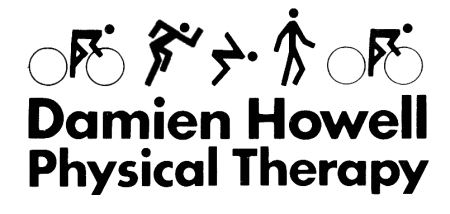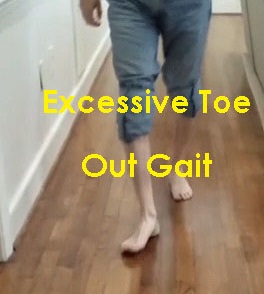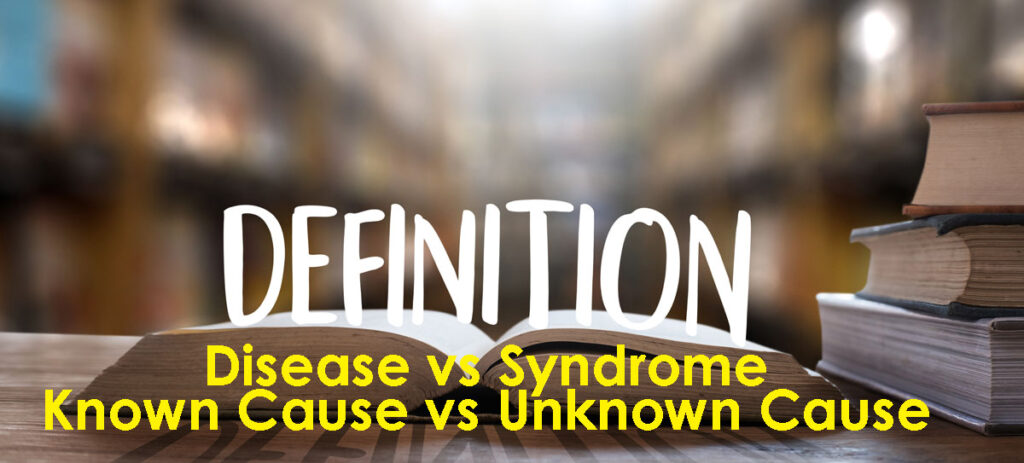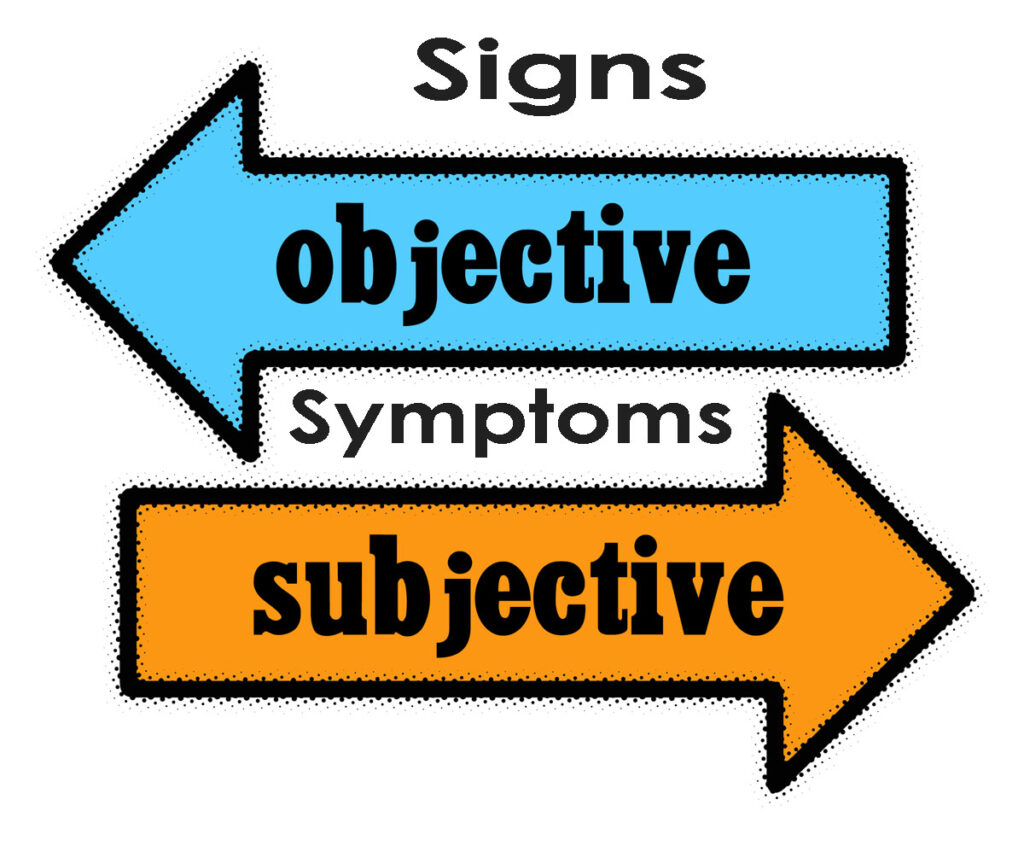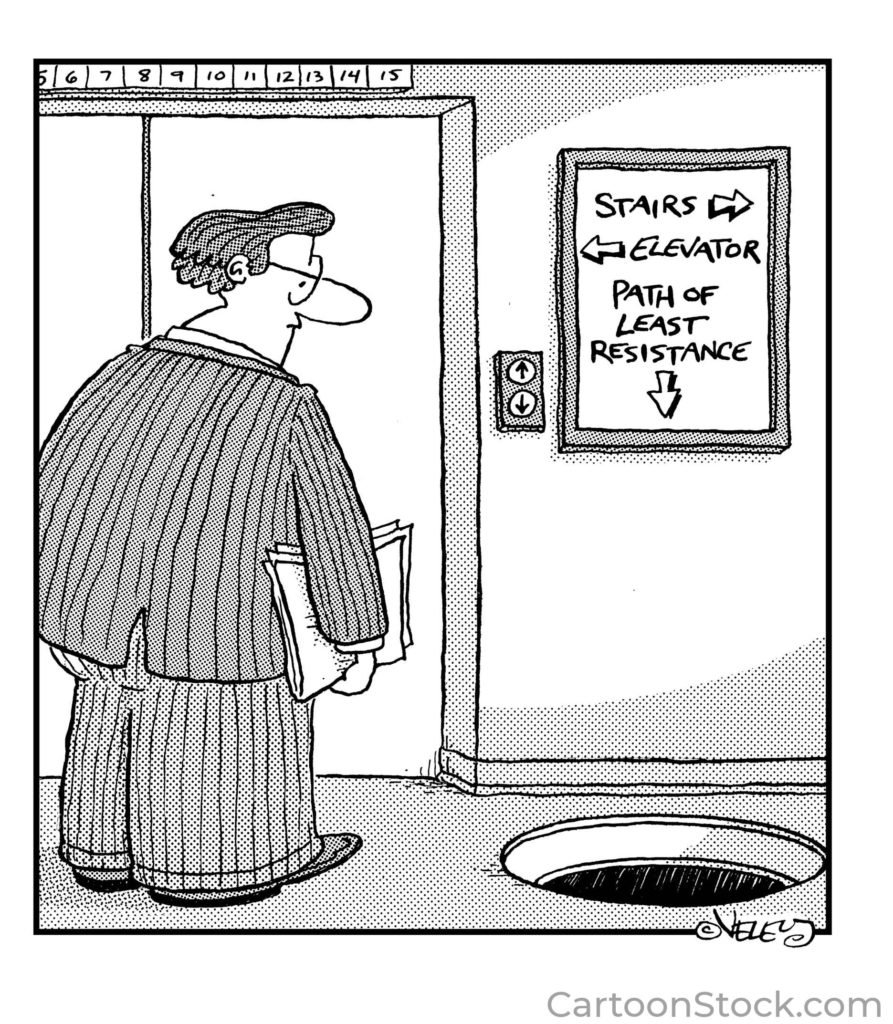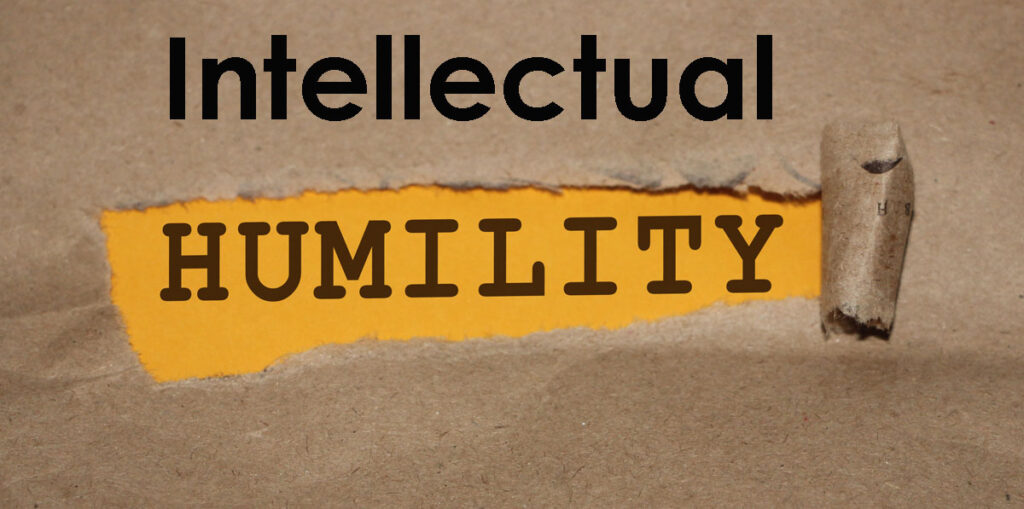Posts Tagged ‘Clinical Reasoning’
Deviant movement resulting in pain – Excessive Toe Out Gait
Asymmetrical movements walking or running are considered deviant or less than optimal movements. The individual in the video below is complaining of musculoskeletal pain in the left lower extremity. What do you see? Do you see the asymmetrical movement? Do you see the right foot is pointing straight ahead, and the left foot is not…
Read MoreUnderstanding the Nuances of Disease, Syndrome, & Uncertainty in Musculoskeletal Pain
Disease is a particular abnormal condition that adversely affects the structure or function of all or part of an organism and is not immediately due to an external injury. Syndrome is a group of symptoms that consistently occur together or a condition characterized by a set of associated symptoms. While disease and syndrome both involve…
Read MoreUsing symptoms &/or sign modification procedure to manage musculoskeletal pain syndrome
The symptom modification procedure is a clinical reasoning process and is a common practice in the Physical Therapy profession. The symptom modification procedure involves identifying the specific movement, posture, and/or activity that reproduces the patient’s symptoms. Typically, the symptom is pain, which can be weakness, falls, or other functional limitations. Then intervening to alter the…
Read MorePath of least resistance is not always the best option – sometimes it is better to have some stiffness
There are three possible relationships between movement and musculoskeletal pain syndromes. There is either too much movement, not enough movement, or an optimal amount of movement. When a muscle tendon unit and/or joint is flexible, hypermobile, or unstable there is too much movement. When a muscle tendon unit and/or joint is stiff or hypomobile there…
Read MoreIntellectual humility and tolerance for ambiguity
When dealing with musculoskeletal pain syndromes uncertainty and ambiguity can cause unease and frustration for both patients and clinicians. The goal is to stamp out uncertainty, but not to stamp out ambiguity. Ambiguity may contain uncertainty. But they are different. Uncertainty is something that is not clearly or precisely determined, something unknown. Uncertainty implies that…
Read More